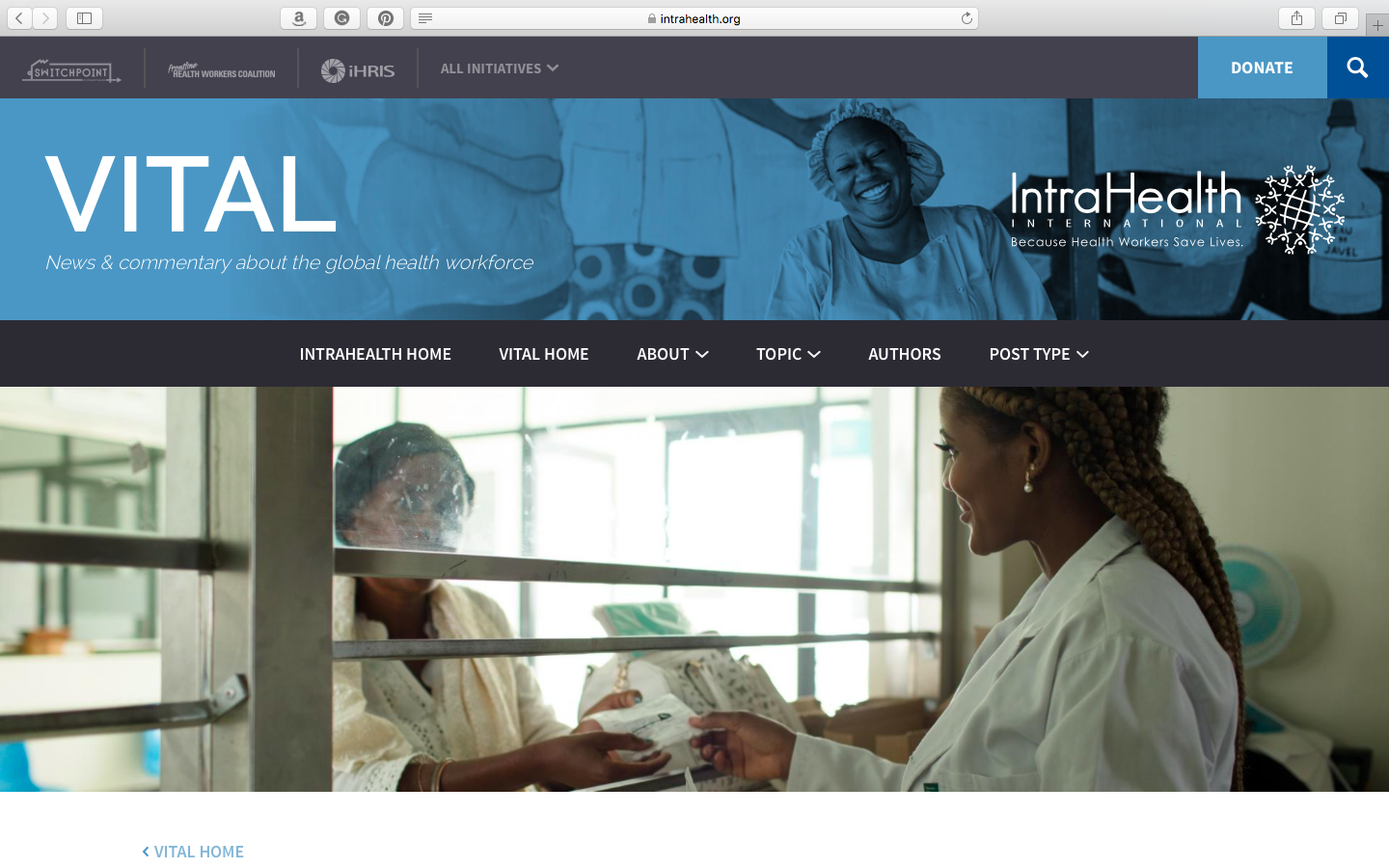PHOTOGRAPHS BY MORGANA WINGARD
HIV is a major factor in maternal and child mortality in Namibia, where it contributes to 59% of maternal deaths in the country, and 14% of infant deaths. About 250,000 people live with the virus in Namibia. The country also has the fourth-highest prevalence of tuberculosis in the world, and almost half of those infected are HIV-positive.
This is why integrating HIV services into maternal and child health, family planning, and tuberculosis services is key, and IntraHealth International is working to do just that through the USAID HIV Clinical Services Technical Assistance Project (UTAP).
In partnership with the government of Namibia, IntraHealth is working to:
Enhance health workers’ abilities to deliver high-quality HIV services.
Improve integrated HIV care and treatment services.
Build the capacities of local nongovernmental organizations (NGOs) and public-sector facilities to deliver high-quality integrated HIV services in Namibia.
The Namibia National Strategy aims to reduce new infections and AIDS-related deaths by 50% each by 2017. But the country’s chronic scarcity of physicians and maldistribution of nurses could prevent it from achieving its goal of an AIDS-free generation.
IntraHealth’s UTAP focuses on regions with the highest HIV prevalence rates: Kavango, Khomas, Ohangwena, Omusati, and Oshikoto.









